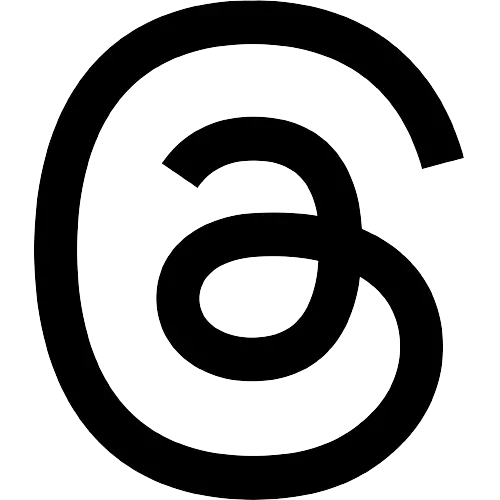CPCB asks Karnataka to stop sewage entering Thenpennai
"From the (RoA) report, the total and faecal coliform at Chokkarasanapalli entry point reveals that there is a discharge of sewage/waste water in Thenpennai river from Karnataka, " the TNPCB had alleged.

Foaming of Thenpennai river near Hosur in Krishnagiri
CHENNAI: Even as the Thenpennai river continues to froth, despite an NGT (National Green Tribunal) cognizance, the Central Pollution Control Board (CPCB) has instructed the Karnataka State Pollution Control Board (KSPCB) to take measures to address the discharge of sewage into the river.
In a communication to the KSPCB recently, the CPCB said it was observed that the BOD (biological oxygen demand) varies from 32 mg/L to 134 mg/L, total coliform varies from 1,200 MPN/100ml to 20,050 MPN/100ml and faecal coliform varies from 840 MPN/100ml to 16,520 MPN/100ml which reveals there is wastewater discharge in the river.
Meanwhile, an analysis report submitted by the CPCB to NGT said, "Untreated or partially treated sewage from Bengaluru significantly pollutes the Thenpennai river, with domestic sewage generation estimated as 2,120 MLD due to rapid urbanisation and population growth. This sewage also deteriorates Bengaluru's lakes and water bodies, impacting water quality and harming human health and aquatic ecosystems."
The CPCB also suggested pollutant profiling with respect to surfactants may be carried out for ascertaining the trend of anionic surfactants, cationic surfactants along with water quality parameters on a quarterly basis (pre-monsoon, monsoon and post-monsoon) in the confluence points of Thenpennai in both states and Kelavarapalli dam in Tamil Nadu for one year.
"One of the main reasons for the development of foam in the Kelavarapalli dam is agitation of water falling over a height and due to surfactants in sewage," the report added.
On the other hand, water sample tests conducted by the Tamil Nadu Pollution Control Board (TNPCB) revealed that the total coliform level fluctuated from around 2.42 lakh MPN/100ml to 19,863 MPN/100ml between Chokkarasanapalli entry point and downstream of the dam. Also, faecal coliform level fluctuated from around 98,040 lakh MPN/100ml to 10,462 MPN/100ml between the two points. As per CPCB standards, faecal coliform holds the permissible limit of 2,500 MPN/100 ml for bathing standards. The RoA reveals that Thenpennai water is not good even for bathing.
"From the (RoA) report, the total and faecal coliform at Chokkarasanapalli entry point reveals that there is a discharge of sewage/waste water in Thenpennai river from Karnataka, " the TNPCB had alleged.
Based on the analysis report, R Kannan, member secretary of the TNPCB, wrote to CPCB a few weeks ago, requesting the central agency to take appropriate measures to curtail discharge of sewage from Bengaluru city through the Bellandur and Varthur lake systems and from industries located in that state.
Moreover, a CPCB report titled ‘Polluted River Stretches for Restoration of Water Quality-2022’, identified the Dakshina Pinakini (Thenpennai river) as one of the Polluted river stretch (PRS) along Mugalur under priority I, as the maximum BOD was observed at 111 mg/L during 2019 and 2021. The polluted river along the Mugalur bridge of Dakshina Pinakini comes under Karnataka and beyond Mugalur river is known as Thenpennai river. Mugalur is about 25km upstream from the Kelavarapalli dam.
As per the Polluted River Stretches for Restoration of Water Quality report, Adyar and Cooum have also been classified as priority I stretches.
CHOKING RIVER
Water sample tests by the TNPCB revealed the total coliform level fluctuated from around 2.42 lakh MPN/100ml to 19,863 MPN/100ml between Chokkarasanapalli entry point and downstream of the dam
Faecal coliform level fluctuated from around 98,040 lakh MPN/100ml to 10,462 MPN/100ml between the two points
As per CPCB standards, faecal coliform holds the permissible limit of 2,500 MPN/100 ml for bathing standards. Thenpennai water is not good for even bathing



